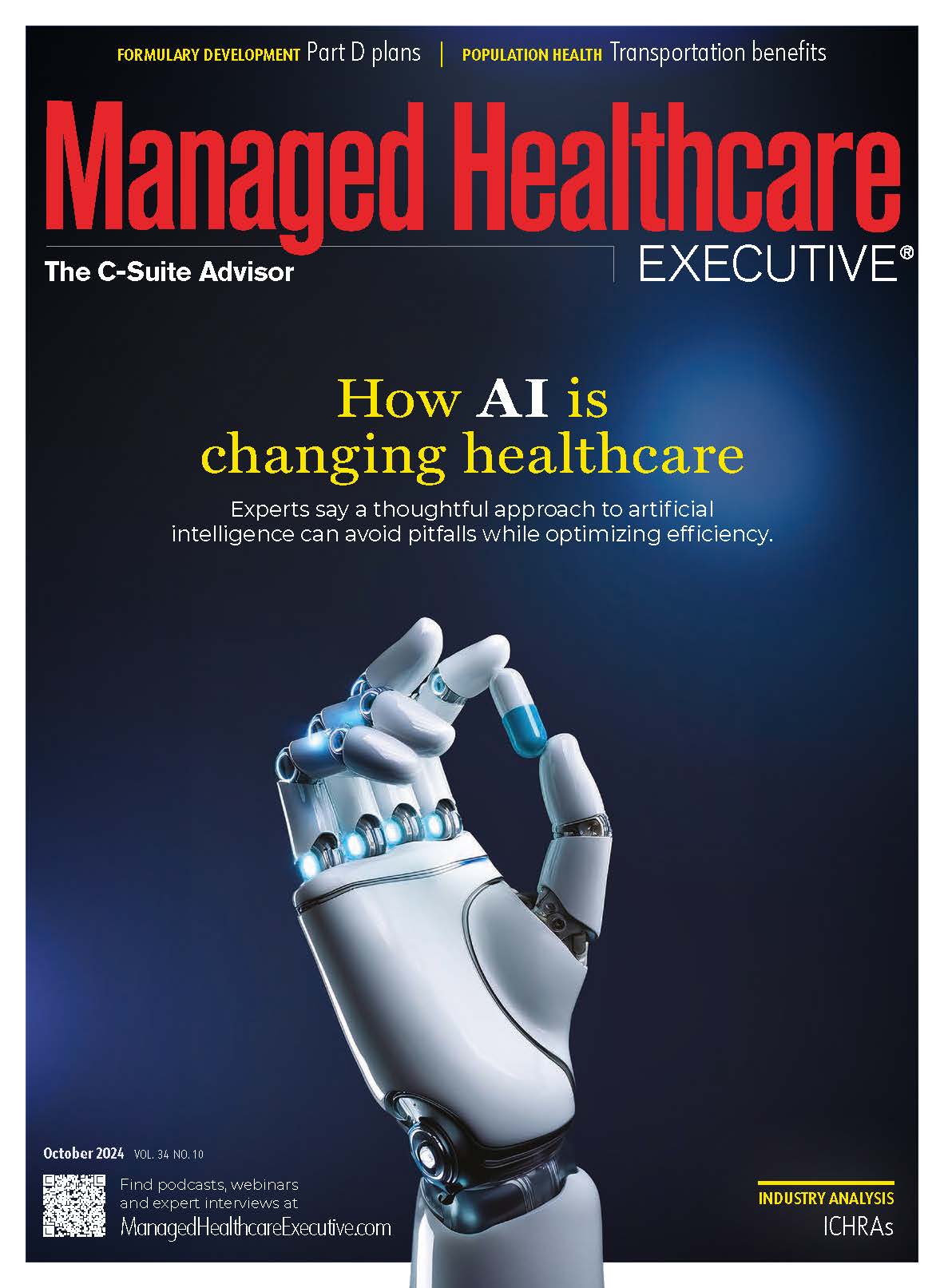One Key to Healthcare? Just Getting There
Payers and providers are figuring out ways to overcome the transportation barriers that get in the way of people receiving healthcare.

The lack of a vehicle or access to public transportation can pose a major challenge for people trying to obtain healthcare, so payers and providers are finding their own solutions.
Without transportation, “people struggle to go to the doctor,” says Emily Durfee, director of corporate venture capital at Healthworx Ventures, the innovation and investment arm of CareFirst BlueCross BlueShield, with dual headquarters in Baltimore and Washington, D.C. While ride-sharing services such as Uber may be available, “not everyone can afford that,” Durfee says.
A study by the Urban Institute found that 5% of adults skipped healthcare in 2022 because of transportation barriers, and more than 20% of adults who did not have access to a vehicle or public transportation missed out on needed medical care. The research showed that those transportation barriers had the greatest effect on people who had low incomes, those who had public health insurance and people with a disability.
As a result, many “missed routine preventive care and were more likely to have a late diagnosis of a chronic condition,” says Laura Smith, Ph.D., a senior research associate in the Health Policy Center of the Urban Institute and a co-author of the study. The lack of transportation also can make it difficult to stay adherent to prescriptions, Smith notes.
“Telehealth can help, but it can’t do everything,” Smith adds. To help individuals gain access to transportation, last fall Healthworx invested an undisclosed amount in SafeRide Health as part of a Series C funding round. SafeRide is a digital platform that helps coordinate nonemergency medical transportation with companies such as Uber and Lyft and works with programs offered through Medicare Advantage, Medicaid and providers.
Emily Durfee

Healthworx leaders learned of SafeRide through CareFirst, which started a partnership with the company in 2022 to coordinate rides for “dual eligibles” — people who are enrolled in both Medicare and Medicaid. CareFirst has since expanded its use of SafeRide’s services. Durfee praises the company’s technology and its responsiveness. “We’re exceptionally impressed by
SafeRide,” she says.
When coordinating transportation, SafeRide looks at “any or all options, depending on what someone needs in that moment of care,” says Durfee. For Blue Cross Blue Shield of Michigan members, the payer offers several transportation options to help them access necessary care. That can include rides to wellness visits, as well as follow-up visits for post-acute care, the insurer said in an email.
Its Medicaid subsidiary, Blue Cross Complete, provides free transportation for trips to medical and dental appointments and a pharmacy, and was scheduled in to begin providing rides for specialty mental health treatment, such as for substance use disorder treatment, in October.
Near a train station
Hackensack Meridian Health in New Jersey is taking a different approach —building the country’s first health and wellness center located at a major transportation hub. When completed by Jan. 1, 2026, it will provide ambulatory care to public transportation users and nearby residents, says Jose Lozano, the health system's chief growth officer.
The 60,000-square-foot facility is being built at the Metropark Station in Woodbridge, New Jersey, which is the one of the busiest train stations in the state, Lozano said. The $200 million project will include a wide array of services, including urgent care, primary care, imaging, a pharmacy, physical therapy and cardiac care, according to Lozano. The facility will be open for extended hours, giving workers the opportunity to have an MRI done or take part in physical therapy before catching public transportation to work, he said.
“A significant part of the population relies on mass transit,” Lozano said. So the new facility is designed to “accommodate those who don’t have a vehicle.”

Chris Evanguelidi of Redpoint Global Talks Effective Patient-Engagement Strategies
May 21st 2021Briana Contreras, associate editor of Managed Healthcare Executive, speaks with Chris Evanguelidi, head of healthcare at Redpoint Global, for this week's episode of "Tuning In to the C-Suite" podcast. In this conversation, the two discussed the best practices for closing the healthcare experience gap and devising an effective patient engagement strategy through a more patient-centric health system.
Listen